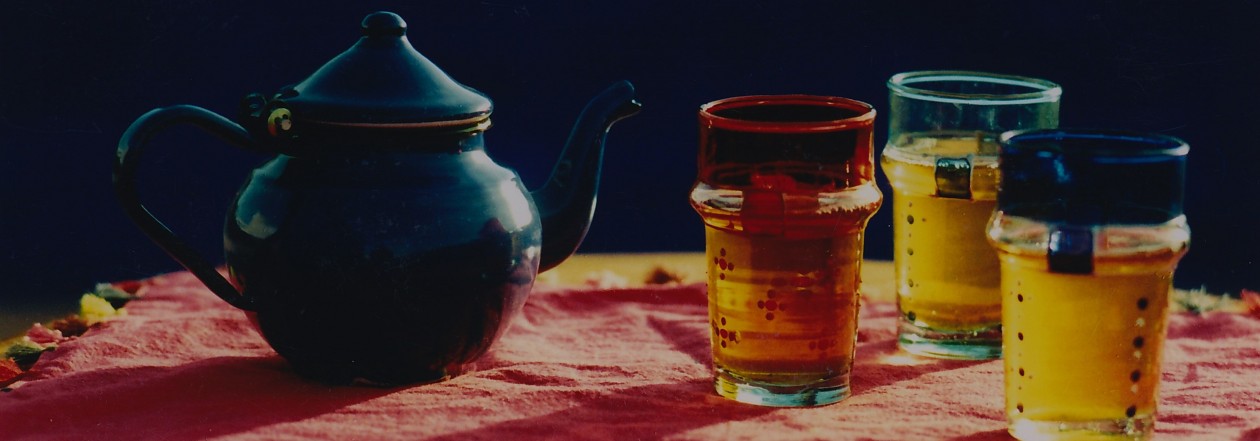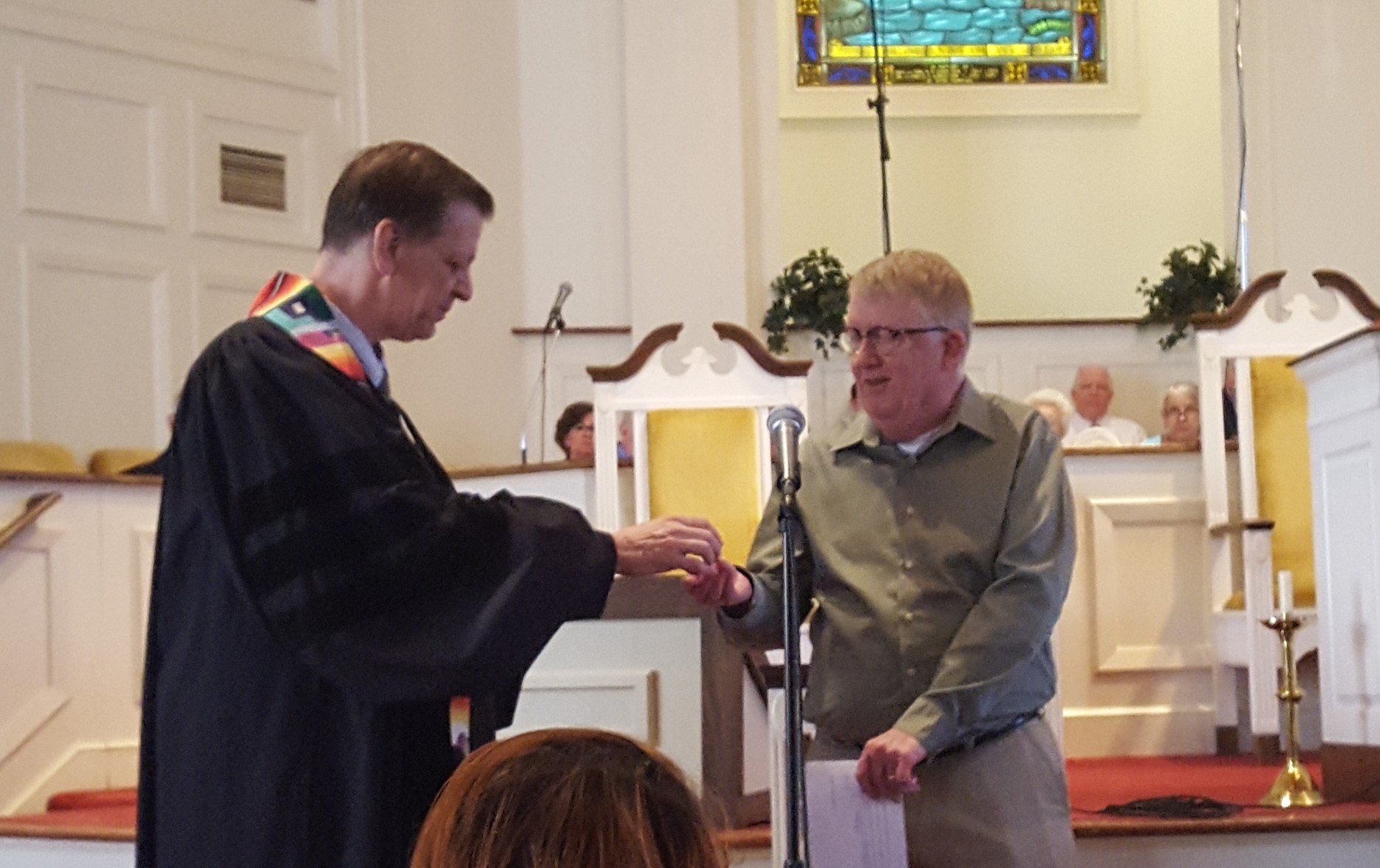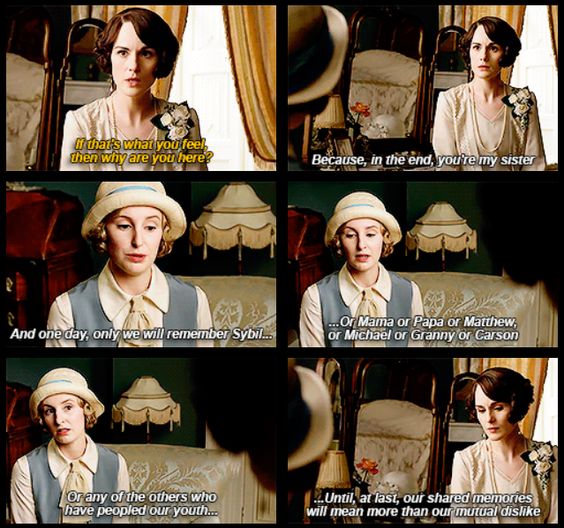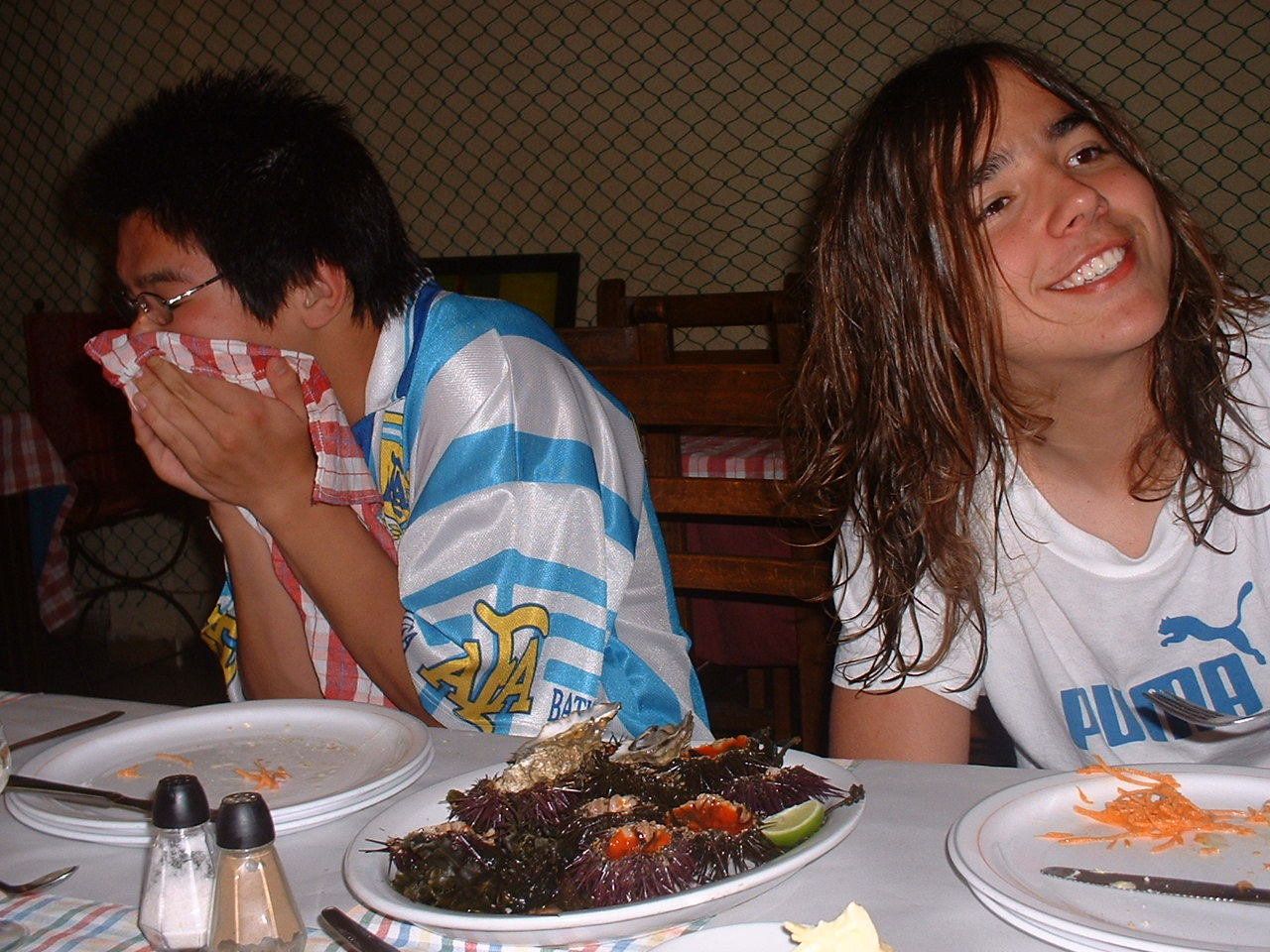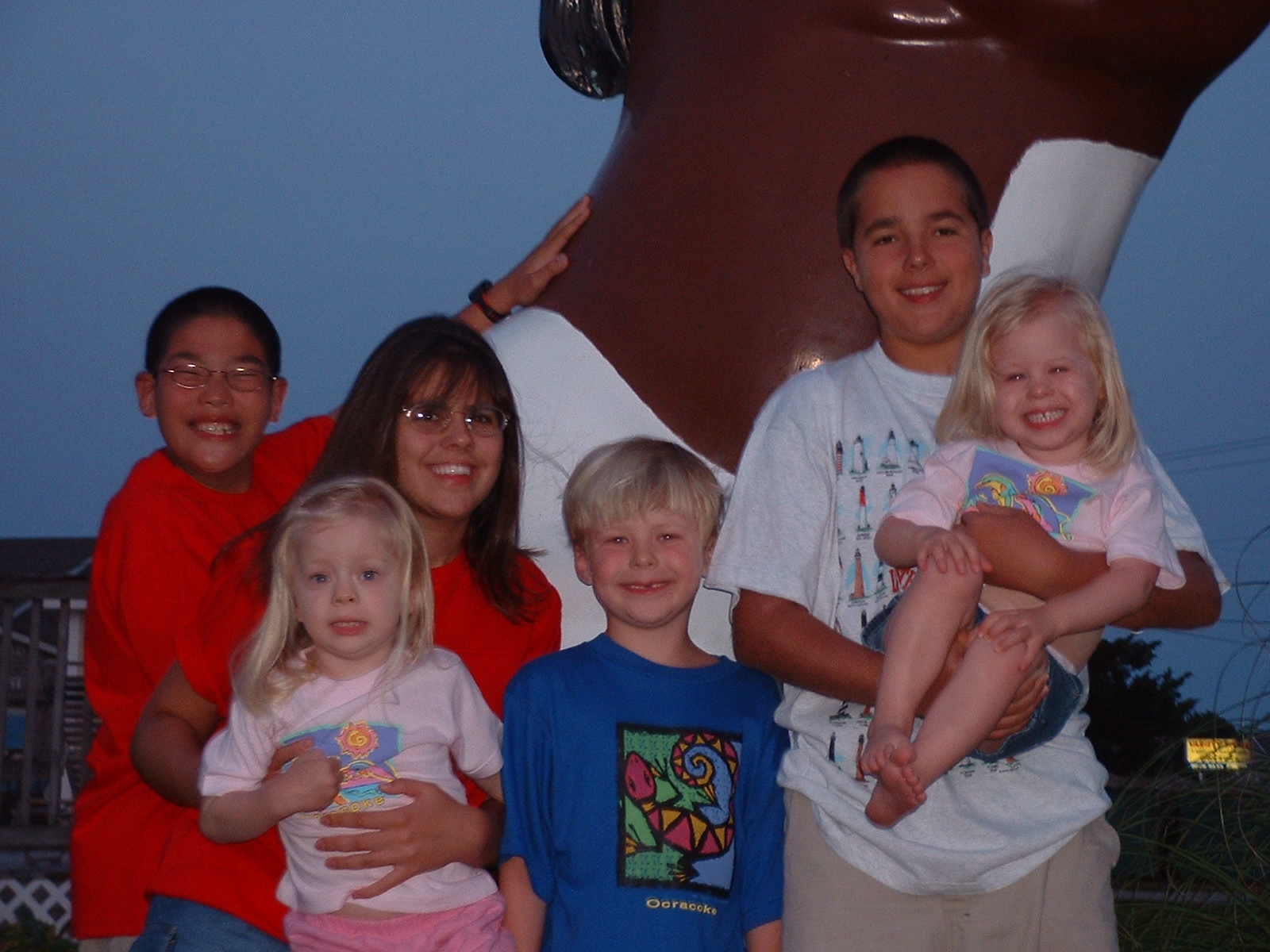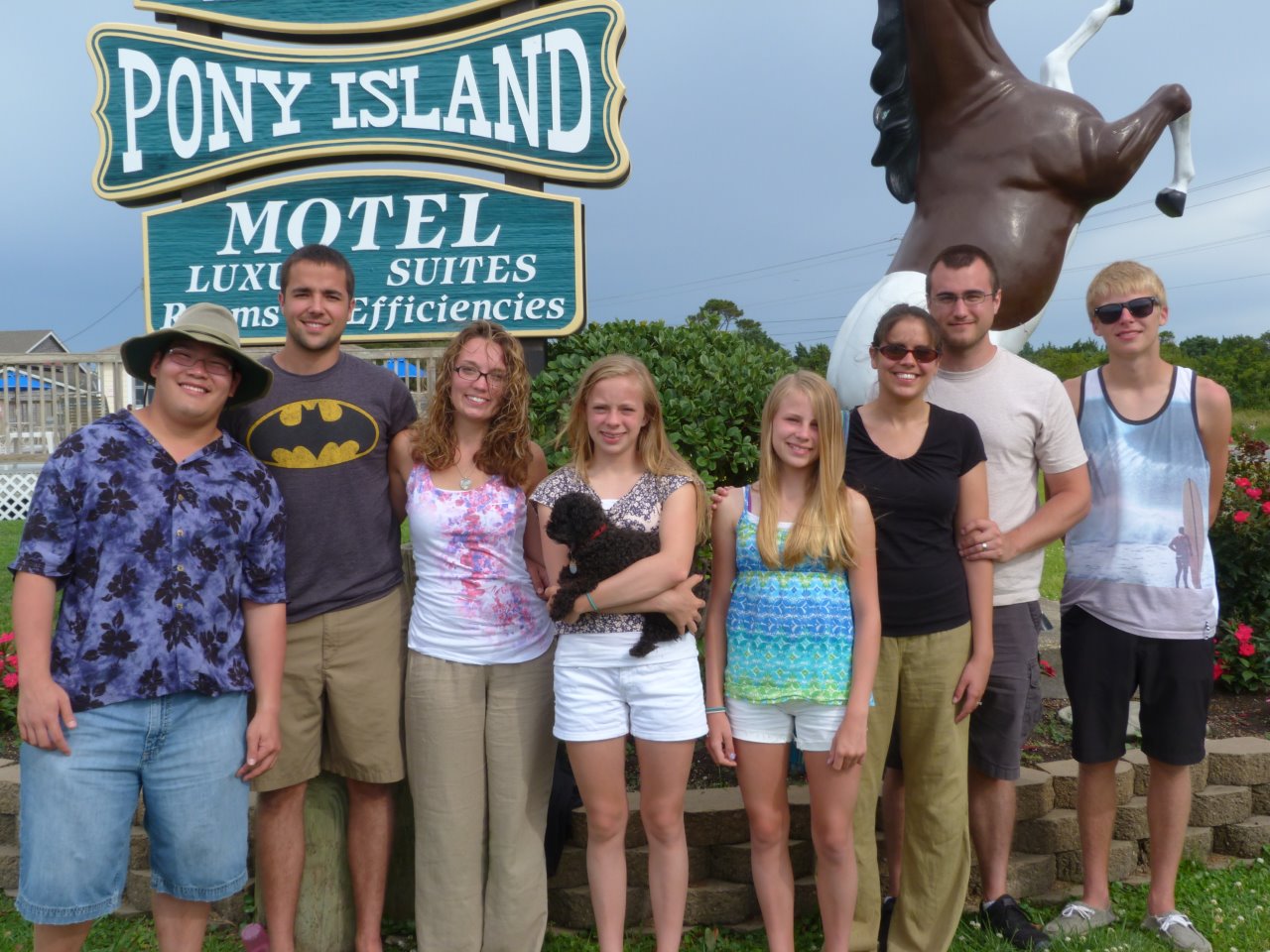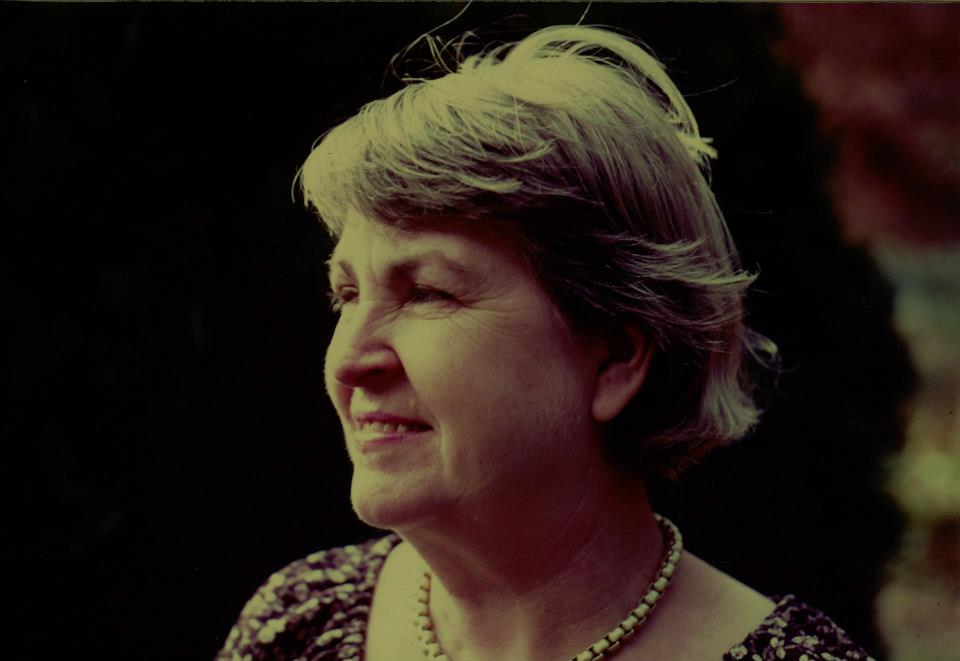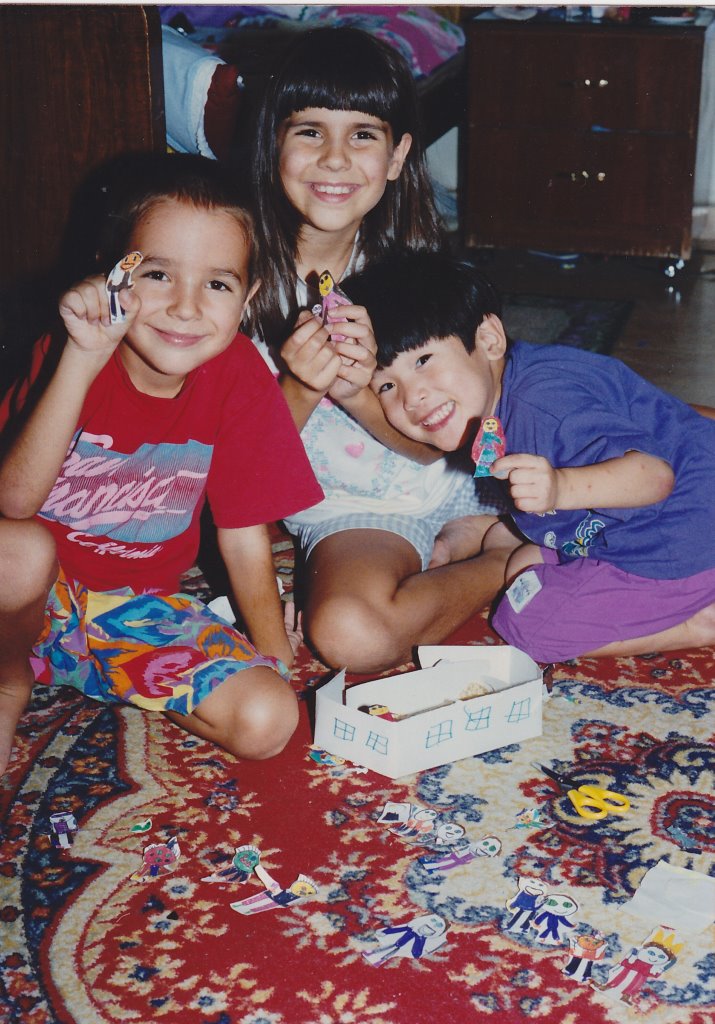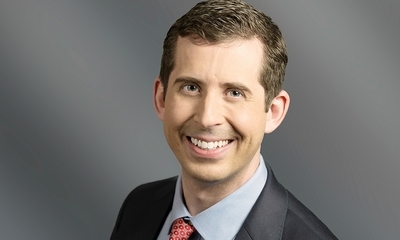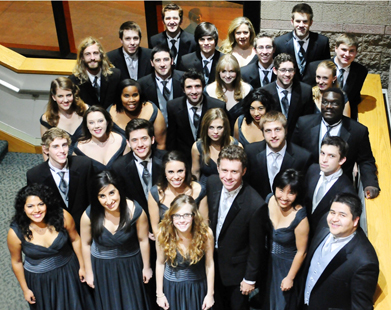 Photo Credit: Tina Miroshnichenko, Pexels
Photo Credit: Tina Miroshnichenko, Pexels
We want to be good listeners, right? To hear what is truly being communicated. To stay with the person’s story. With its meaning to that person. Maybe even, as we listen deeply, to actually elevate that person’s comfort and capability to tell their story more truly… moving toward possible revelation, and, where needed, healing.
Over the last several months, I’ve been deep into studying about the brain/mind and how we process experience, memory, emotions, and trauma. “Deep” as defined, not by graduate study but, by reading and learning from seriously brilliant and practical therapists – the main one being Dr. Curt Thompson (you can find the blogs I’ve written on his content here).
Thompson recently spoke with Adam Young on Young’s podcast – The Place We Find Ourselves. It is Episode 115, entitled Why It’s So Important to Tell Your Story to an Attuned Listener.
When we are able to tell some part of our story, without fear of judgement, within a community and context of genuine care, transformation can result. How do we make this happen? By truly, deeply listening. Attuned. Without agenda.
Being attuned to a person sending us a message [telling us their story] means that we offer the other person our total attention and listen to them on a deeper level. We seek to understand rather than just making our own point, and this helps to reduce noise in the communication channel between us.
Attuning or ‘tuning in’ means refining your attention to the source of the information — just like you would do to a radio signal…Give them your complete attention and be open to what they are sending you in order to fully receive it.
Deep listening is a way of hearing in which we are fully present with what is happening at that moment without trying to control it or manipulate it. When we reduce our own internal psychological noise and allow the other person to communicate what they need to, we can receive the message as it is, without colouring it in with additional noise and without creating a judgement of it — thereby distorting it — before we fully understand it. We need to hear precisely what is being said to us so we know how to respond appropriately. – Zahara Chetty
Attuned Listening – Sonya Thomas – Lightning-fast read – succinct Do’s & Don’ts
Too often of late, we give ourselves permission to tune out. To be almost present with each other. To multi-task until no task is done well…including listening. Photo Credit: Charlotte May, Pexels
Photo Credit: Charlotte May, Pexels
Attuned listening is a discipline…it is ours with practice, care, and intentionality. A few helps follow:
- Silence or, better still, stash electronic devices.
- Block off time.
- Be fully present. When distractions press in, shake them off and refocus.
- Demonstrate in every way possible your commitment to that person and their story (eye contact, posture, tone of voice).
- Strive to be truly curious about the other person. Ask questions.
- Seek to understand.
- Do what you can to give the one speaking the experience of being seen, soothed, safe, and secure.
- Determine not to “leave the room”.
What else would you add to the list above for a listener to be gifted with the story you long to tell? That story of childhood (or adult) trauma, regret, disappointment, loss…or that story of joy, gratitude, love, or beauty.
Attune to another…and listen. Both your lives will be enriched.
Attuned Listening – Kimberley Lewis – for parents of small children
